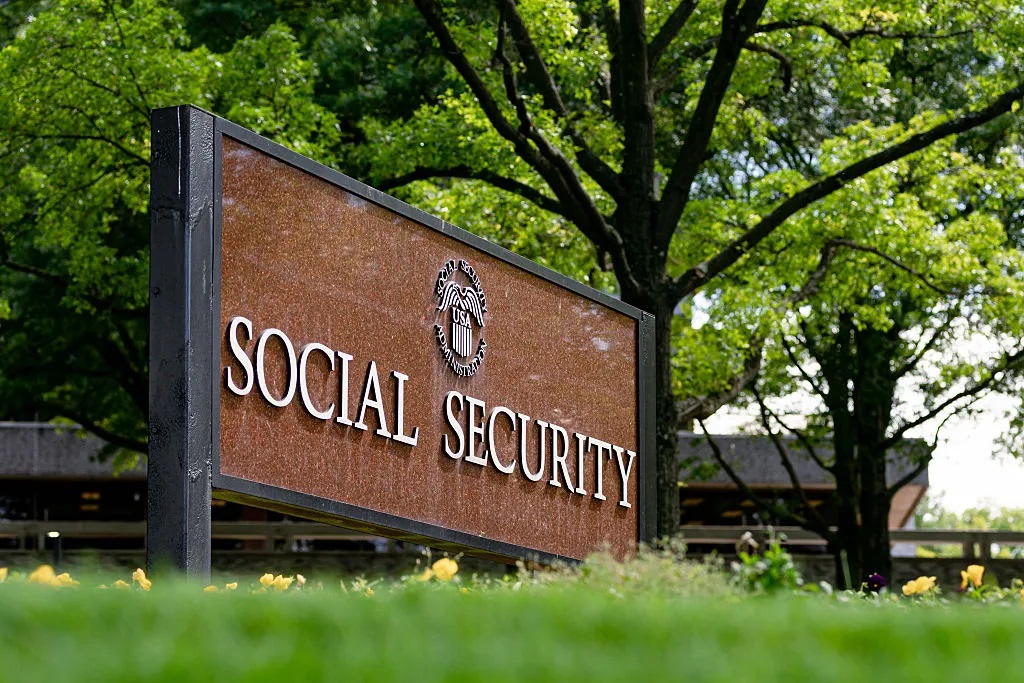Social Security vs. Housing Costs: Best and Worst States for Retirees in 2025
A new study reveals only 10 U.S. states where Social Security alone covers retirement living costs, while rising housing expenses leave seniors in most states facing annual shortfalls.

Social Security represents the cornerstone of retirement income for tens of millions of Americans. Yet, rising housing costs are making it increasingly difficult for seniors to rely on it alone for a comfortable life.
A new study shows that Social Security benefits are sufficient to cover living expenses in only 10 states. According to a recent Realtor.com analysis, monthly Social Security checks do not fully meet living costs in most states, leaving retirees with annual shortfalls that can reach thousands of dollars depending on where they live.
The study compared average Social Security benefits in each state with the Elder Economic Security Standard Index, a measure tracking the basic cost of living for seniors. It found that homeownership costs have risen 26% over the past five years—not due to mortgage payments, but because of property taxes, insurance, utilities, and maintenance. These “hidden” expenses mean that the average retiree faces an annual shortfall of $2,762 (around $230 per month) even without a mortgage.
At a time when Social Security remains a lifeline for millions, the challenge is significant. A report from The Senior Citizen’s League (TSCL) highlighted that nearly three-quarters of seniors rely on Social Security for more than half of their income, while 39% depend on it entirely. Around 22 million people nationwide live solely on Social Security.

Housing: The Decisive Factor
The data shows that housing is the most critical factor in determining whether Social Security is enough. While food, healthcare, and transportation costs remain relatively similar across states, housing costs vary widely.
-
In states with a surplus, average housing costs are about $510 per month.
-
In states with a deficit, that average jumps to $933 per month and exceeds $1,000 in many East Coast states.
This difference shifts housing’s share of a retiree’s budget from 27% in surplus states to 32% in deficit states.
Best States for Retirees on Social Security Alone
Some states give retirees extra breathing room.
-
Delaware leads with a $1,764 annual surplus, thanks to average monthly benefits of $2,139 and costs of $1,992.
-
Indiana follows with a $1,392 surplus, supported by modest $504 housing costs.
-
Arizona (+$1,224) and Utah (+$888) also show similar results, with average benefits near $2,000 and housing costs around $530.
-
South Carolina ranks fifth (+$828).
Other states where retirees can live solely on Social Security include:
West Virginia (+$660), Alabama (+$576), Nevada (+$432), Tennessee (+$156), and Michigan (+$132).

Hardest States to Rely on Social Security
On the other end, Vermont tops the list of most difficult states, with retirees facing an $8,088 annual shortfall. Average costs there reach $2,628 per month compared to benefits of $1,954.
Other high-deficit states include:
-
New Jersey (-$7,512)
-
Massachusetts (-$7,345)
-
New York (-$7,248)
-
New Hampshire (-$6,564)
These findings underline the reality that where you retire in the U.S. can make the difference between financial security and thousands of dollars in annual gaps.



